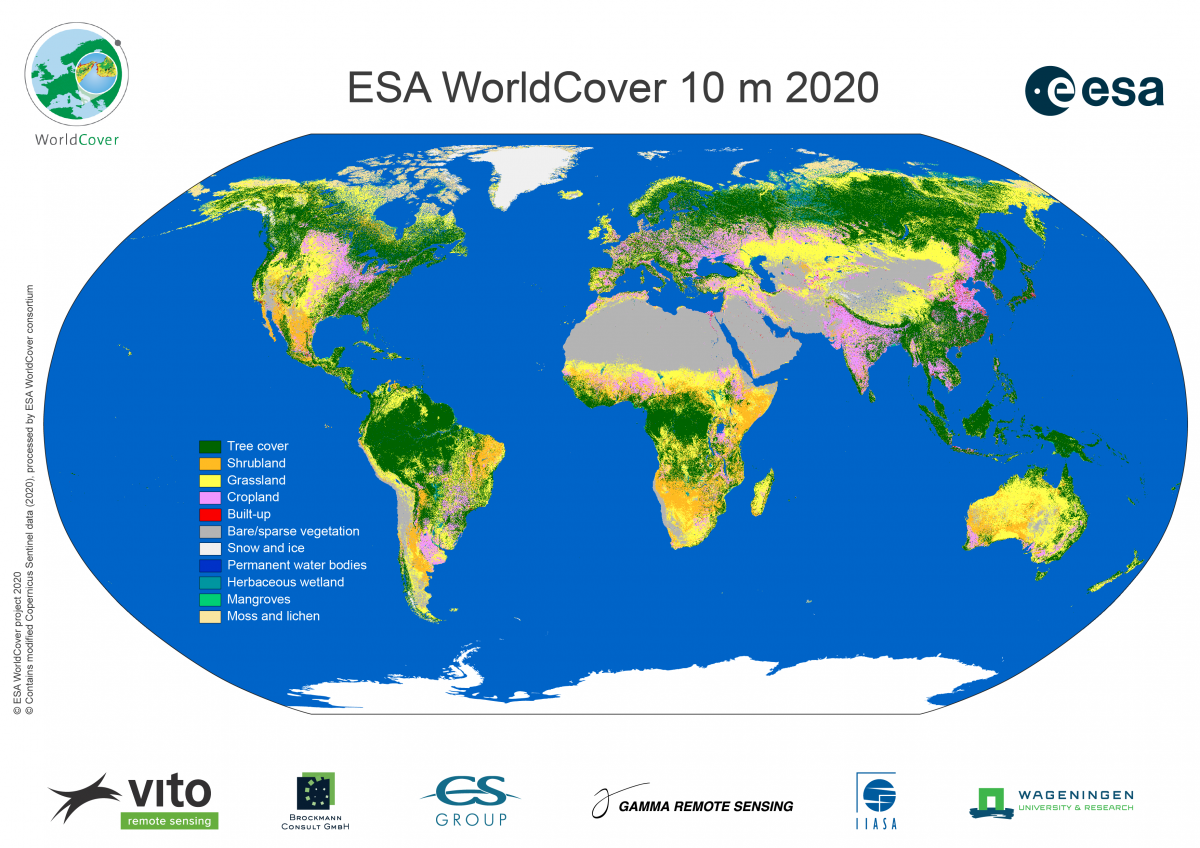

A restoration site is a former wetland that has the potential to be brought back to wetland status. Using techniques similar to those used in identifying wetlands, DCM uses GIS to locate potential wetland restoration and enhancement sites. Identification of wetland restoration sites: DCM has used this assessment to develop a dataset called NC-CREWS. We use the procedure, called a functional assessment, to measure the ecological significance of wetlands in small watersheds (14-digit hydrologic units). GIS allows us to view the wetland data in relation to other land features. This type of detailed information can help government, business and the public make better resource management decisions.ĭCM used GIS to develop a procedure for evaluating a specific wetland's function, such as wildlife habitat, water storage and shoreline stabilization. Using the best data available, DCM has identified the type, location and area of wetlands in 37 coastal plain counties. Here are examples of what we're doing with GIS: Today, DCM is incorporating this technology into a number of its programs, using GIS to help support land-use planning and regulatory decisions. The Division of Coastal Management has been building its geographic information program since the early 1990s. This tool produces data that can be used to answer questions about the location, condition, trends and patterns of a number of features, including wetlands.
#Wetland map viewer full#
Please Click Here to view the full Disclaimer, Conditions and Terms of Use.A geographic information system (GIS) is a computer tool that describes features that can be tied to the earth’s surface. It should not be used as a substitute for specific advise from a licensed professional, and you should not act (or refrain from acting) based upon data viewed in the Parcel Map Viewer. Please Click Here for more site requirements.īe advised that the Parcel Map Viewer is intended to serve only as a general reference guide, and that the data provided have limited accuracy. This site is best viewed with a high-speed internet connection and with a modern, currently supported web browsers. If you use a popup blocker, you may need to disable it for this site. Our interactive mapping site may use popup windows. Please Click Here to read our Frequently Asked Questions. Please Click Here to read our help and how-to section. Have you noticed an error with our parcels and or mapping services? This is the main map, with parcels, zoning, election precincts, and related features. Mason County has created this interactive mapping tool in the interest of sharing information with the public in a convenient and easily accessible manner. Information about the county is displayed in the form of maps, tables, and text, and allows customers to search for a property using a parcel number, a street address, or by simply clicking on the displayed map.

The Parcel Map Viewer is a way to deliver dynamic maps and data via the Web. We are continuously working to improve the site, so check back often for updates! You can also get to the help page by clicking the link on the top of the Parcel Map Viewer page.
#Wetland map viewer how to#
If you have questions about how to use the site, please Click Here to view the Help page. You can search for a parcel, turn map layers on and off, measure, zoom in and out, find information about features on the map, and print. Welcome to the Parcel Map Viewer! This site will allow you to interactively explore maps and information about Mason County. The GIS Department is committed to providing excellence in GIS services such as base map development, spatial data analysis, and map creation services. The GIS Department creates and maintains geographic data for the support of Mason County Public Works, other county departments, and the public.

The Geographic Information Systems (GIS) Department resides within the Public Works department of Mason County.


 0 kommentar(er)
0 kommentar(er)
